Originally shared by Fernando Mdza
Amazing!!! 😍 🔭
Originally shared by Fernando Mdza
Amazing!!! 😍 🔭

Originally shared by Tshaka “Villain McBeardface” Armstrong
How poignant? This is the last thing Leonard Nimoy tweeted.
If you didn’t know, LLAP means “Live long and prosper.”
Originally shared by ****
How to stream data to create realtime, live-updating animated charts and graphs using C3.js.
Tutorial and demos: http://ow.ly/JGXwx
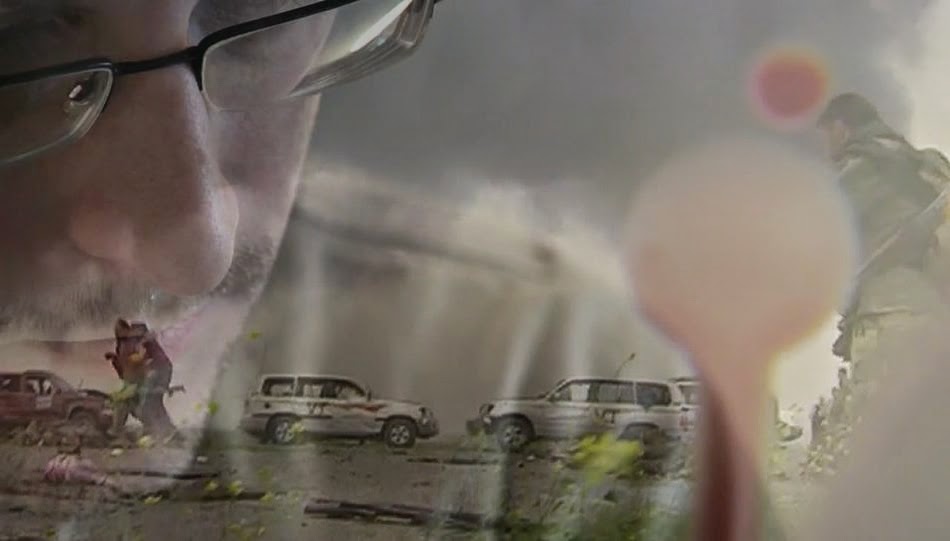
Originally shared by Robert Best
Two new films I’ve been waiting to see are now available online
1.
Citizenfour by Laura Poitras
Available to watch here:
http://thoughtmaybe.com/citizenfour/ –
“In January 2013, film-maker Laura Poitras received an encrypted e-mail from a stranger who called himself Citizen Four. In it, he offered her inside information about illegal wiretapping practices of the NSA and other intelligence agencies. Poitras had already been working for several years on a film about mass surveillance programs in the United States, and so in June 2013, she went to Hong Kong with her camera for the first meeting with the stranger, who identified himself as Edward Snowden. She was met there by investigative journalist Glenn Greenwald and The Guardian intelligence reporter Ewen MacAskill. Several other meetings followed. Citizenfour is based on the recordings from these meetings. What follows is the largest confirmations of mass surveillance using official documents themselves, the world has never seen…”
2.
Bitter Lake by Adam Curtis
http://www.bbc.co.uk/iplayer/episode/p02gyz6b/adam-curtis-bitter-lake
Also available to watch here:
http://thoughtmaybe.com/bitter-lake/ –
“Bitter Lake explores how the realpolitik of the West has converged on a mirror image of itself throughout the Middle-East over the past decades, and how the story of this has become so obfuscating and simplified that we, the public, have been left in a bewildered and confused state. The narrative traverses the United States, Britain, Russia and Saudi Arabia—but the country at the centre of reflection is Afghanistan. Because Afghanistan is the place that has confronted political figureheads across the West with the truth of their delusions—that they cannot understand what is going on any longer inside the systems they have built which do not account for the real world. Bitter Lake sets out to reveal the forces that over the past thirty years, rose up and commandeered those political systems into subservience, to which, as we see now, the highly destructive stories told by those in power, are inexorably bound to. The stories are not only half-truths, but they have monumental consequences in the real world.”
Unusual juxtaposition…
Originally shared by Samuel Allen
Originally shared by Kevin Rutkowski
On a recent episode of NPR’s Unknown Brain, philosopher David Chalmers asks why humans have a sense of self, a constantly running movie full of sensation and internal chatter. He offers two ideas about the nature of consciousness.
Chalmers goes on to say that, “Physics studies all this stuff from the outside – their interactions with each other, their relations to each other. But they’ve got to have an intrinsic nature. It’s got to be something, and physics doesn’t tell us about that.”
Do you agree with Chalmers, that physics is not part of our intrinsic nature or could contribute to solving the mystery of consciousness?
Originally shared by Shah Khalid (Eusufzai)
http://www.codeproject.com/Articles/870835/HTML-Canvas-Create-a-Nice-Animation
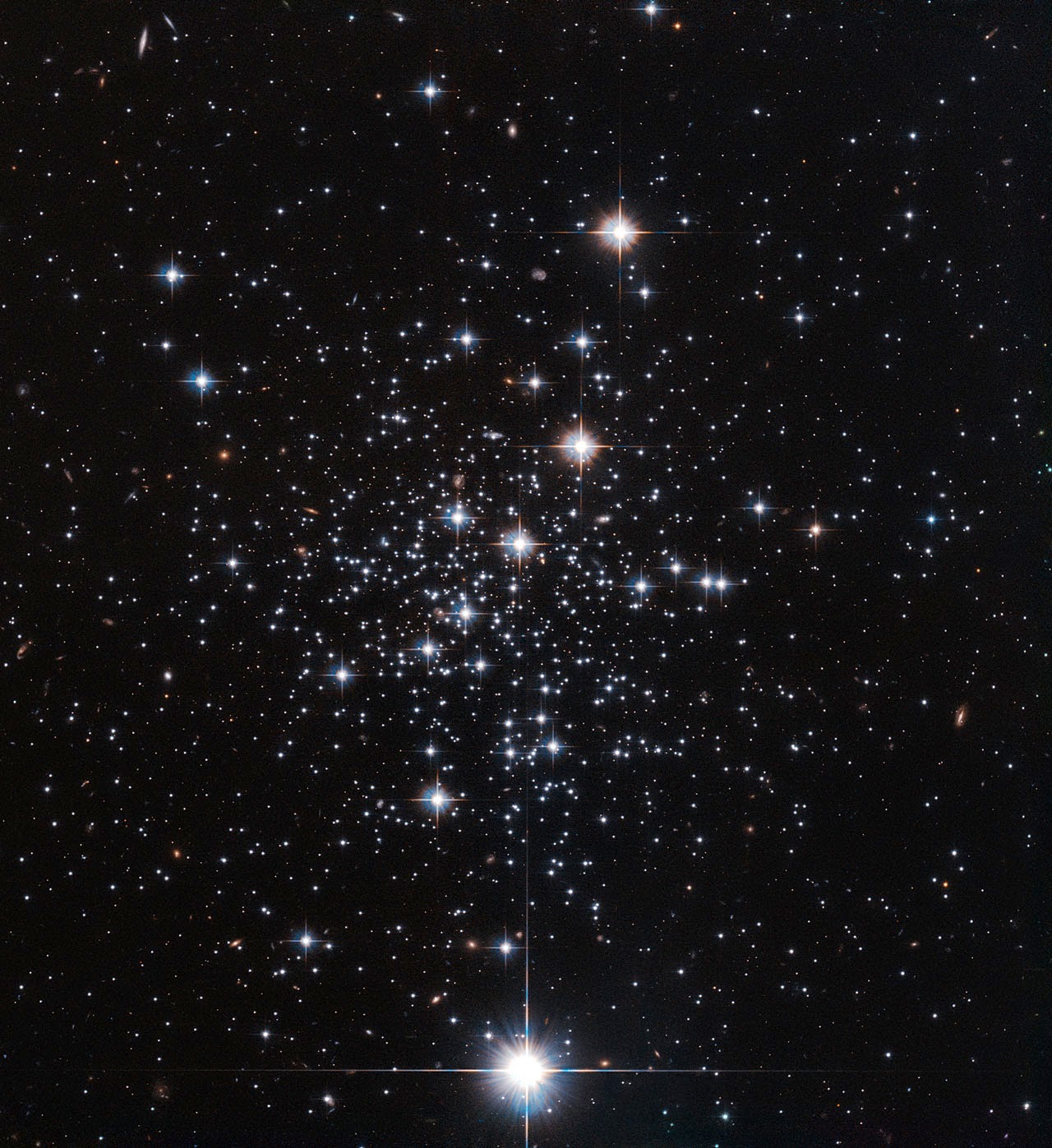
Love the tiny galaxies in the distance… 🙂
Originally shared by Astronomy Picture of the Day (APoD)
Palomar 12
Image Credit: European Space Agency, ESA/Hubble, NASA
http://apod.nasa.gov/apod/ap150219.html
Palomar 12 was not born here. The stars of the globular cluster, first identified in the Palomar Sky Survey, are younger than those in other globular star clusters that roam the halo of our Milky Way Galaxy. Palomar 12’s position in our galaxy and measured motion suggest its home was once the Sagittarius Dwarf Elliptical Galaxy, a small satellite of the Milky Way. Disrupted by gravitational tides during close encounters the satellite galaxy has lost its stars to the larger Milky Way. Now part of the Milky Way’s halo, the tidal capture of Palomar 12 likely took place some 1.7 billion years ago. Seen behind spiky foreground stars in the sharp Hubble image, Palomar 12 spans nearly 60 light-years. It lies about 60,000 light-years away, toward the constellation Capricornus.
Backyard sunset, looking toward the San Mateo Bridge
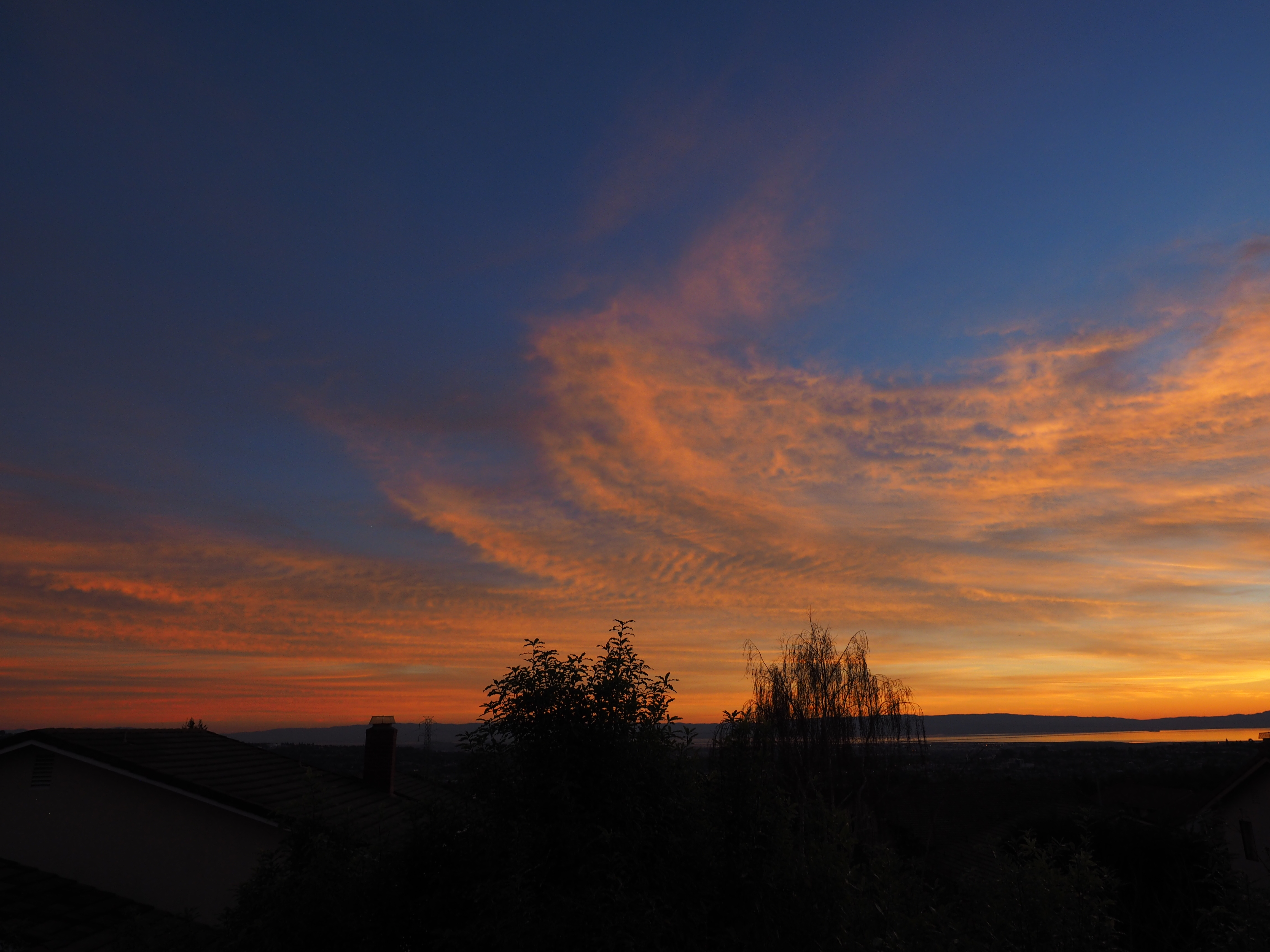
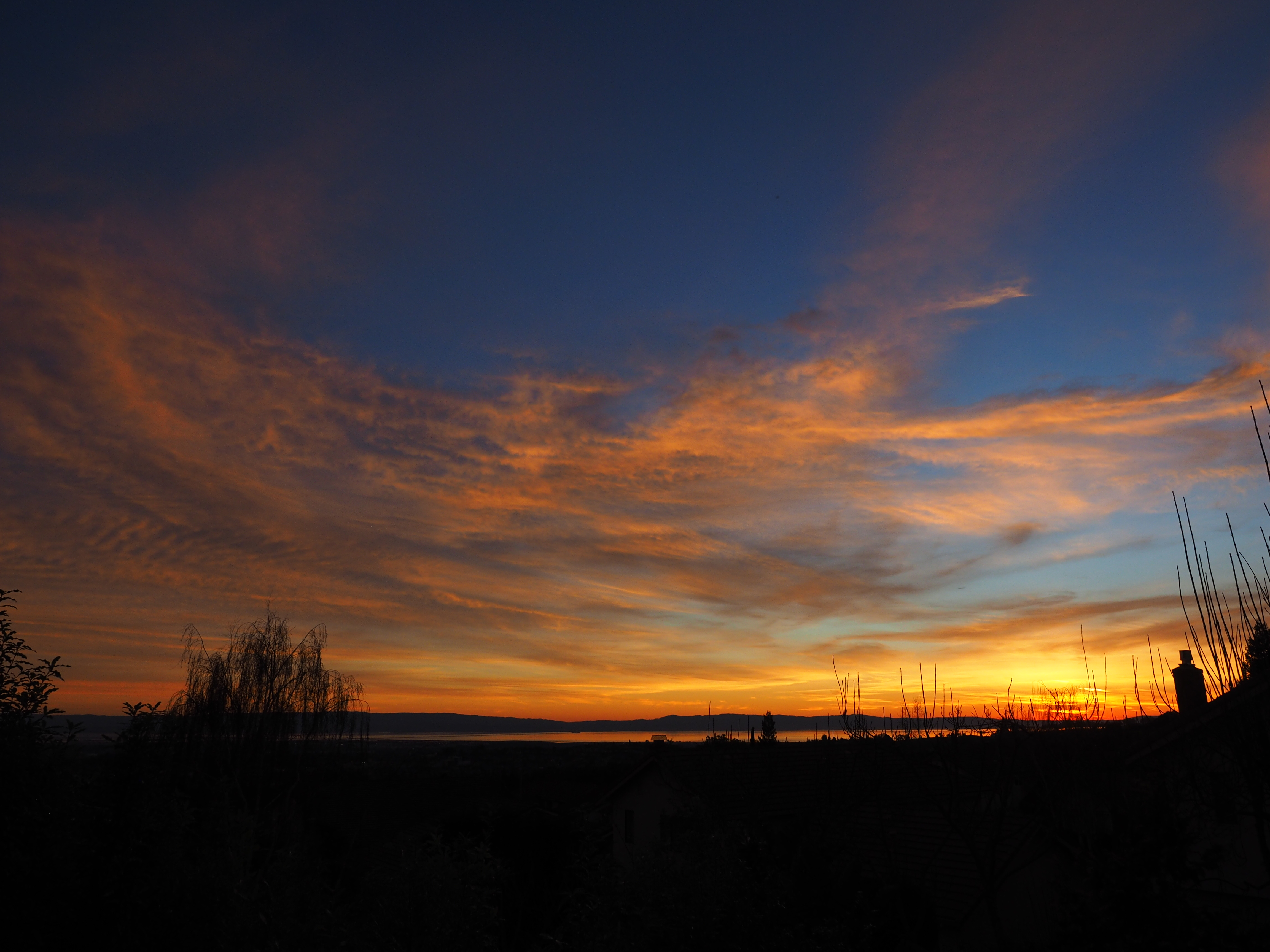
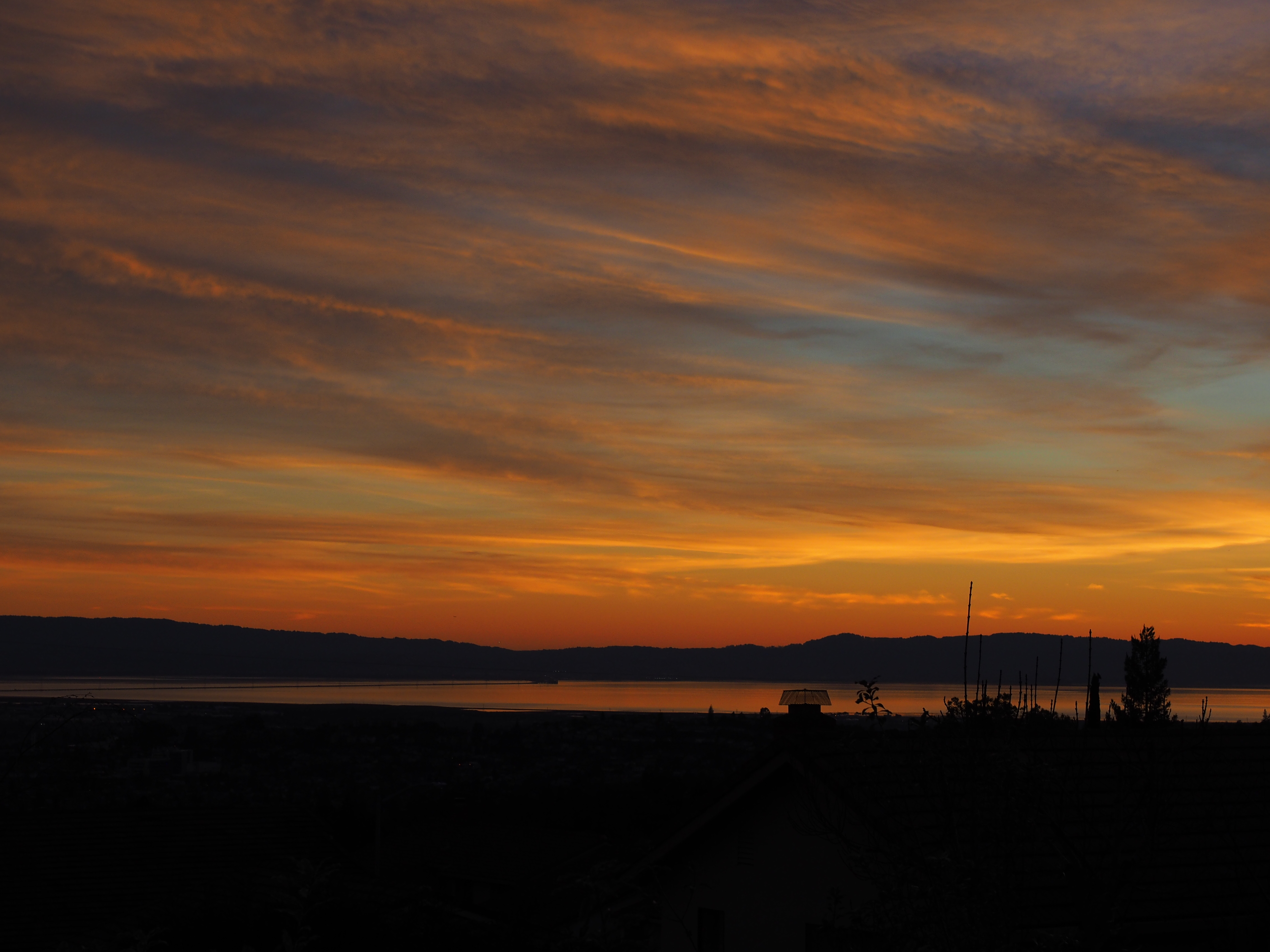

Originally shared by David L.
California coast: 2
Bixby bridge on Highway 1.